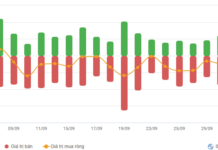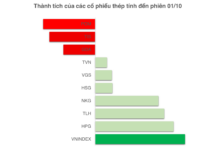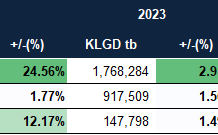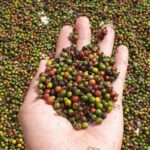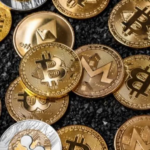Vietnam’s “black gold” that brought in nearly $900 million in the first eight months of 2024 was none other than peppercorns.
Today (September 5), pepper prices continued their upward trend, reaching 152,000–153,000 VND/kg ($64.6–65.4/kg) depending on the region. This marks the sixth consecutive day of rising domestic pepper prices. While this price is still far from the historic peak of $76.9/kg in June 2024, it is nearly double that of the same period last year and about 80% higher than at the start of this year.
According to the International Pepper Community (IPC), at the close of the latest trading session, the price of Vietnamese black pepper was quoted at $6,600/ton for the 500 g/l variety, $7,000/ton for 550 g/l, and white pepper stood at $9,300/ton.
The latest report from the Ministry of Agriculture and Rural Development indicates that the average export price of pepper in the first eight months of 2024 is estimated at $4,810/ton, up 47% from the same period last year. Notably, in 2024, pepper export prices have consistently risen, increasing on average from $4,000/ton in January to $5,954/ton in August.
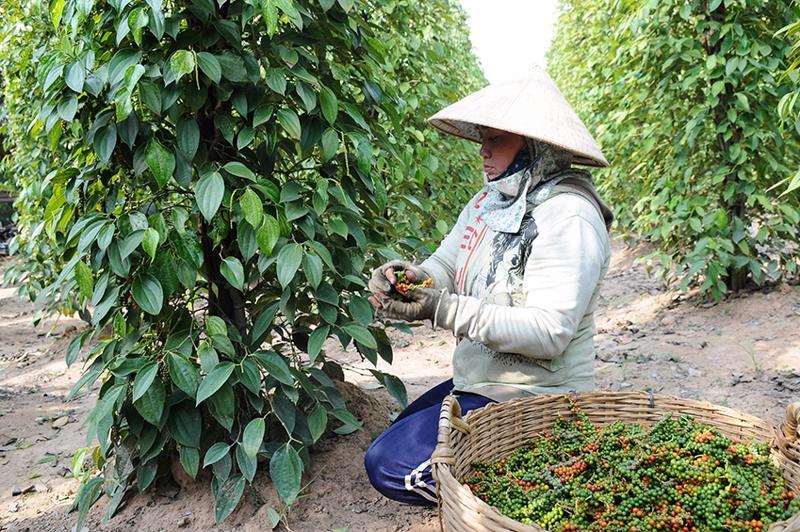
Pepper prices have been on a consistent upward trend in recent days. Illustration
In the first eight months of 2024, Vietnamese businesses earned approximately $891 million from exporting 185,000 tons of pepper, a slight decrease of 1.4% in volume but a significant increase of 44.9% in value.
Notably, in August 2024 alone, Vietnam’s pepper exports surged by 9.7% in volume and a remarkable 75.1% in value compared to the same month last year. This substantial increase was driven by a 69.6% rise in average export prices.
The United States, Germany, and the United Arab Emirates are the top three export markets for Vietnamese pepper. Among them, the United States remains the largest importer of Vietnamese pepper, spending $205.3 million on nearly 43,170 tons, reflecting increases of 47.5% and 74.9% in volume and value, respectively.
Currently, according to the Vietnam Pepper and Spice Association (VPSA), global pepper trade witnessed a significant decline in the first half of 2024. Among the top five pepper-exporting countries in the world, Indonesia and India recorded increases in export volume of 48.3% and 34.1%, respectively. In contrast, the two largest pepper-producing countries, Vietnam and Brazil, experienced decreases of 6.8% and 6%, respectively, compared to the same period last year.
According to the VPSA, despite the significant increases in supply from Indonesia and India, they could not offset the declines in Vietnam and Brazil.
VPSA representatives attribute the drop in harvest yields in Vietnam and Brazil as the primary factor driving up global pepper prices.
Black Gold Prices Expected to Keep Climbing
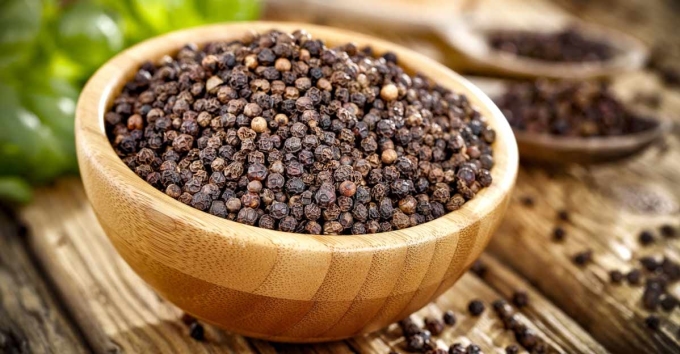
Vietnam holds a significant market share in global pepper exports. Source: Onmanorama
According to VPSA forecasts, global pepper prices are expected to continue climbing and remain elevated in the near future. This is due to the limited pepper stocks in Vietnam, which will result in lower exports of this commodity in the final months of the year compared to previous years. This situation is likely to persist until around March 2025, when the new harvest season begins.
In reality, to meet consumption and production needs in the past eight months, Vietnamese businesses have spent about $85 million on pepper imports, a substantial increase of 34.5% from the same period last year. Pepper imports are projected to rise further as domestic supplies dwindle.
To meet domestic consumption and production needs, Vietnamese businesses have spent approximately $85 million on pepper imports in the first eight months, a significant 34.5% increase from the previous year. Pepper imports are also expected to rise due to dwindling domestic supplies.
In the past eight months, Vietnam’s pepper exports have surpassed the 170,000-ton harvest of 2024. Meanwhile, pepper stocks from 2023 carried over to this year have dwindled to about 30%, equivalent to 50,000–55,000 tons.
Vietnamese pepper currently accounts for about 60% of the world’s pepper exports. For over 20 years, Vietnam has been the world’s leading producer and exporter of this commodity, accounting for 40% of the global harvest and 60% of export market share.
Vietnamese pepper is exported to more than 100 countries and territories. Traditional export markets for Vietnam include China, the United States, the United Arab Emirates, and others.
In 2024, Vietnam’s pepper output is estimated to reach only about 170,000 tons, the lowest level in the past five years. This decrease is largely attributed to farmers uprooting pepper vines to cultivate more economically viable crops.
Reference sources: Customs, Mard, IPC
The Spice is Right: Black Pepper’s Billion-Dollar Comeback
The pepper market is booming, with prices soaring high and predicted to rise further due to strong global demand and limited supply. The Vietnam Pepper and Spice Association (VPSA) forecasts that the country’s pepper exports will surpass $1 billion this year, reclaiming its status as a billion-dollar industry.





